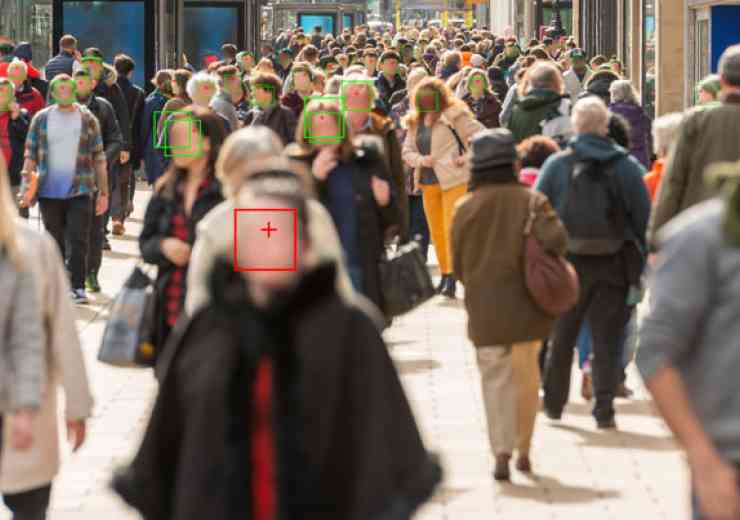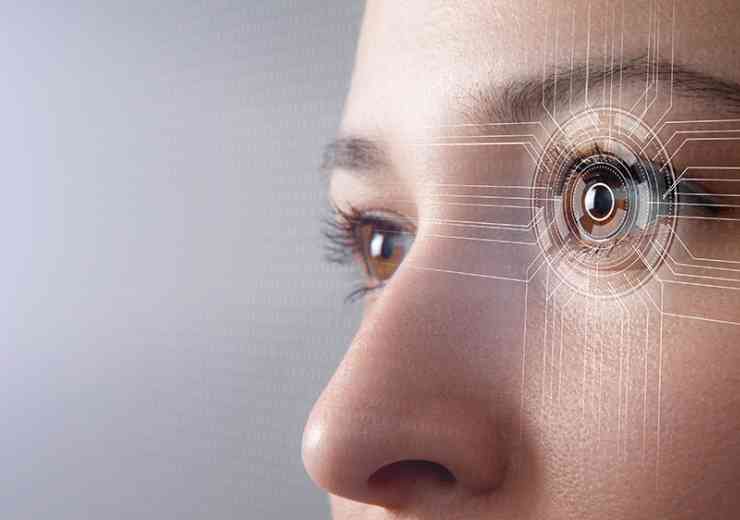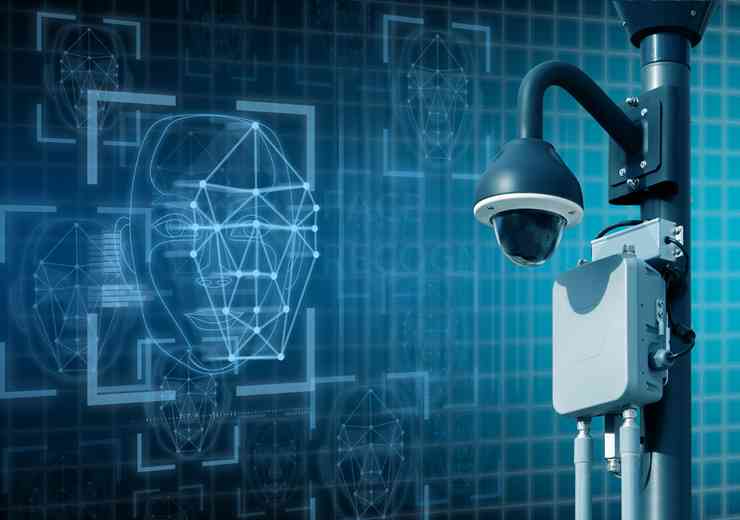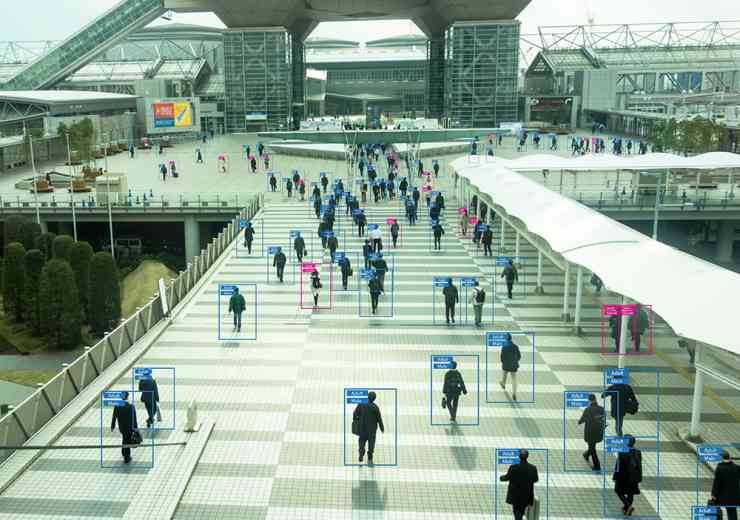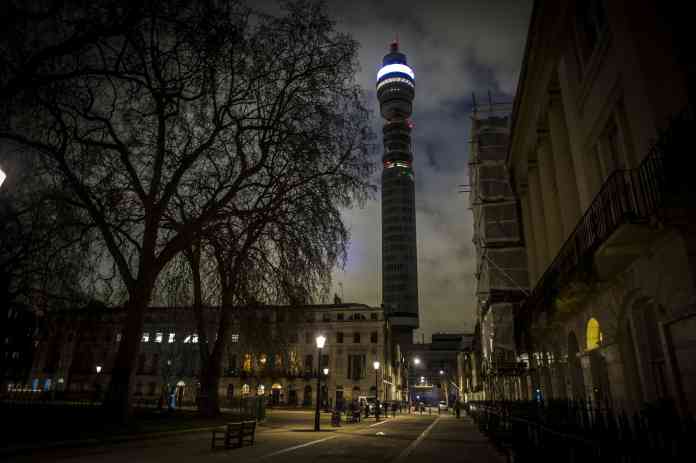
Stay safe, get smart: the move to smart cities
Where do we go from here?
As technology develops, and the Internet of Things becomes more widespread, the opportunities for cities to make more of surveillance grows. Dr Jones foresees a future where sensors will gather data on all aspects of social and human life as we weave through our smart cities. And this could change the way the police work, traffic management and even the way local authorities interact with their communities.
For example, you could gather data time to predict where crime is likely to happen, so resources are in place at the right time to deter it. The rumblings of social media can help determine ‘citizen sentiment’ – the way a community is feeling about events as they unfold in real time. It may be possible to stop an electric, self-driving vehicle, or limit where it can go, in the event of theft or dangerous driving.
In the more immediate future, 5G is going to make mobile data faster, bigger, better. It will mean lower latency and less jitter. It will improve live streaming video from minicams, dashcams and body-worn video cameras. It will complement fibre to give real-time, high-quality rapid (and re-deployable) surveillance capabilities. Your City Observatory operators will see exactly what the wearer of a body-worn camera sees, in real-time.
Just think of the safety implications. Or how remote health workers and the emergency services could receive advice. You can get 5G-ready now, by adding small cells at the end of your fixed links. Then, when it arrives in your area, you can dive straight in and start using it.
As networks become even faster, we could see more joined-up thinking across the country. At the Smarter Digital Surveillance Summit, EP Smit from Dallmeier said the technology is already there to use AI and facial recognition to identify a person of interest. It’s perfectly possible that surveillance will soon let us track an individual as they move from city to city, using AI to identify their face, their clothes, their gait. Is this venturing too far into the realms of Big Brother? Some may think so. But it could be useful for missing persons, as well as suspect criminals.
Just one final word on security. We’re all aware that the advent of technology leads to a growing threat from hackers. And now we’re seeing certain manufacturers hitting the headlines under suspicion of spyware. So, while it makes for an uncomfortable truth, it’s important to be realistic about the security of networks, cameras and sensors.
At the summit, Philip Ingram MBE, a security expert from Grey Hare Media, suggested everyone should work on the principle that their networks are already hacked. Is that taking it too far? See what he had to say for himself here.
Whatever your opinion, it’s clear you shouldn’t underestimate the importance of security within a smart city. Because, when you’re confident that you’ve done all you can to protect your network and devices, you can fully embrace the opportunities a smart city brings.




